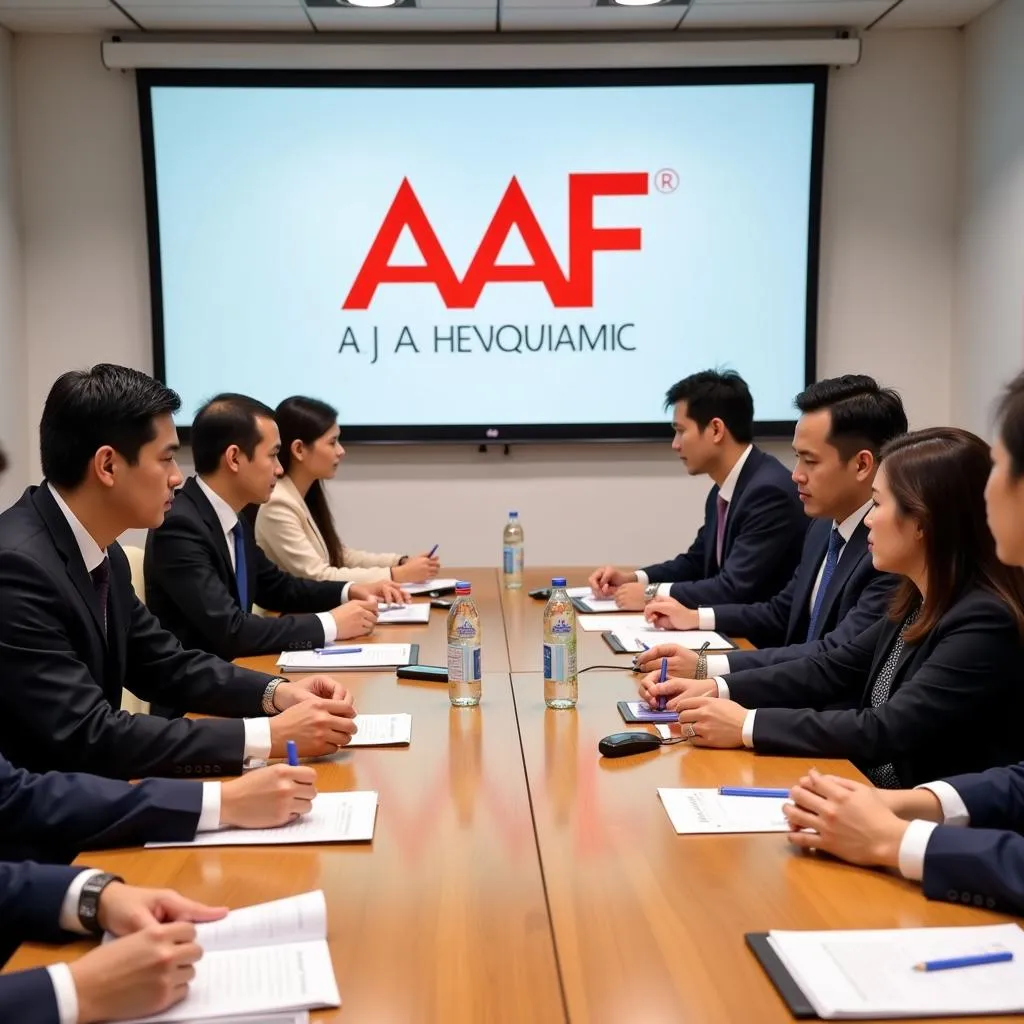ASEAN integration is a process that aims to create a unified and prosperous Southeast Asian region. It involves various initiatives to foster cooperation and collaboration among member states in areas like trade, investment, infrastructure, and human resource development. This article explores the key aspects of ASEAN integration, its importance, and its impact on the region’s economic and social landscape.
Understanding ASEAN Integration: A Closer Look
ASEAN integration is not just about creating a free trade area; it’s about building a strong and cohesive community. It encompasses a wide range of initiatives designed to achieve specific goals:
- Economic Integration: This includes promoting free trade, reducing tariffs, harmonizing regulations, and streamlining trade processes. The ultimate goal is to create a single market and production base that will attract investment and boost economic growth across the region.
- Political and Security Cooperation: ASEAN integration involves cooperation on regional security issues, conflict resolution, and promoting peace and stability. This includes addressing issues like terrorism, transnational crime, and environmental challenges.
- Social and Cultural Integration: This aims to strengthen cultural exchanges, promote understanding, and enhance people-to-people connections. This includes initiatives like the ASEAN Socio-Cultural Community, which focuses on education, healthcare, and environmental protection.
The Benefits of ASEAN Integration
ASEAN integration offers numerous benefits for member states and the region as a whole:
- Enhanced Economic Growth: By fostering trade and investment, ASEAN integration has contributed significantly to the economic growth of member states. Reduced tariffs and harmonized regulations have created a more favorable environment for businesses to operate.
- Improved Living Standards: ASEAN integration has led to higher living standards for citizens in the region. Increased trade has created job opportunities and boosted incomes. The focus on social and cultural development has also contributed to better education, healthcare, and overall well-being.
- Regional Stability and Security: By promoting cooperation and dialogue, ASEAN integration has contributed to regional stability and security. Member states work together to address common challenges like terrorism, natural disasters, and maritime security.
- Increased Global Influence: As a unified bloc, ASEAN has a greater voice on the global stage. This has allowed the region to advocate for its interests and play a more active role in international affairs.
Challenges of ASEAN Integration
While ASEAN integration has brought significant benefits, it also faces some challenges:
- Economic Disparities: There are significant economic disparities among ASEAN member states. Some countries are more developed than others, which can create challenges in implementing policies and achieving common goals.
- Political Differences: Member states have different political systems and priorities, which can sometimes lead to disagreements and slow down the integration process.
- Cultural Diversity: ASEAN is a diverse region with a rich tapestry of cultures. This diversity can be a source of strength but also poses challenges in building a cohesive community.
- Regional Security Threats: The region faces various security threats, including terrorism, transnational crime, and maritime disputes. These threats can undermine the progress made towards integration.
The Future of ASEAN Integration
The future of ASEAN integration is promising. Member states are committed to deepening their collaboration and addressing challenges. There is a growing awareness of the need to strengthen the regional bloc and its role in a rapidly changing world.
FAQ:
Q: What are some key initiatives for promoting ASEAN integration?
A: Some key initiatives include the ASEAN Economic Community (AEC), the ASEAN Political-Security Community (APSC), and the ASEAN Socio-Cultural Community (ASCC). These initiatives aim to foster cooperation and integration in various areas.
Q: How does ASEAN integration impact the lives of ordinary people?
A: ASEAN integration has a direct impact on the lives of ordinary people by providing access to better goods and services, creating job opportunities, and improving living standards. It also fosters cultural exchange and promotes understanding across the region.
Q: What are the main challenges to achieving a truly integrated ASEAN?
A: Some of the main challenges include economic disparities, political differences, cultural diversity, and regional security threats. Overcoming these challenges requires strong commitment from all member states.
Q: What is the role of the private sector in ASEAN integration?
A: The private sector plays a crucial role in ASEAN integration by driving trade and investment, creating jobs, and promoting innovation. Governments need to work closely with the private sector to create a conducive environment for businesses to thrive.
Q: What are some of the key milestones in ASEAN integration?
A: Key milestones include the establishment of the ASEAN Free Trade Area (AFTA), the adoption of the ASEAN Charter, and the launch of the ASEAN Economic Community (AEC). These milestones demonstrate the commitment of member states to building a strong and integrated ASEAN.
ASEAN integration is a dynamic and evolving process that continues to shape the Southeast Asian region. As the region faces new challenges and opportunities in the globalized world, ASEAN integration will remain crucial for fostering prosperity, stability, and unity in the region.
